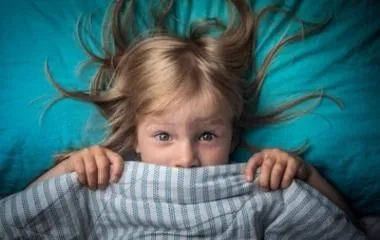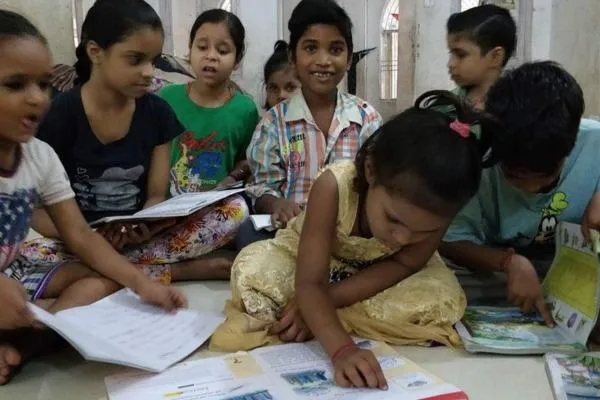
Understanding Parasomnia in Children: Causes & Care
Does Your Child Talk or Cry in Their Sleep? Learn About Parasomnia

If your child suddenly starts sleepwalking, crying out loud in the night, or behaves strangely while asleep, it might be more than just a bad dream. These behaviors are signs of a common yet often misunderstood sleep disorder known as parasomnia in children.
Parasomnia refers to abnormal movements, behaviors, or activities that happen during sleep, such as night terrors, sleepwalking, bedwetting, or talking while asleep. These can be frightening for parents, but most cases are temporary and harmless.
What is Parasomnia in Children?
Parasomnia is a category of sleep disorders where a child might act out dreams or perform activities while still asleep. These episodes usually occur during deep stages of non-REM sleep and are more common in younger children.
Common Symptoms of Parasomnia
- Sudden sleepwalking or wandering around the house
- Screaming, crying, or panicking in sleep without waking up fully
- Sitting up or moving around in bed in a confused state
- Talking, mumbling, or making odd noises while asleep
- Bedwetting beyond the usual age range
Causes of Parasomnia in Children
There are several factors that can trigger or worsen parasomnia. These include:
- Stress or anxiety: Changes in the home or school environment can disturb a child’s sleep cycle.
- Sleep deprivation: Irregular or insufficient sleep increases the risk of sleep disturbances.
- Fever or illness: Being sick can lead to nightmares or night terrors.
- Genetic factors: Children with a family history of parasomnia may be more prone to it.
Night Terrors vs. Nightmares
It's important to understand that night terrors and nightmares are different. Night terrors involve intense fear and physical activity while asleep, often without the child remembering it the next morning. Nightmares, on the other hand, are vivid dreams that a child may remember after waking.
When to Seek Medical Help
If parasomnia events occur frequently, last longer than a few minutes, or lead to dangerous situations, it's time to consult a pediatrician or sleep specialist. Chronic parasomnia could be linked to deeper neurological or psychological conditions that require treatment.
How to Manage and Reduce Parasomnia
- Ensure a consistent sleep schedule: Regular sleep and wake times support healthy sleep patterns.
- Create a safe sleep environment: Remove sharp objects, use safety gates, and lock doors/windows if needed.
- Minimize stress: Talk to your child about any concerns and encourage relaxation before bedtime.
- Do not wake them suddenly: If your child is sleepwalking or screaming, gently guide them back to bed without waking them completely.
Conclusion: A Common Yet Manageable Sleep Disorder
Seeing your child go through nighttime crying, sleepwalking, or night terrors can be distressing, but rest assured that most children grow out of these behaviors. With proper understanding, consistent routines, and a calm environment, parasomnia can often be managed at home. If symptoms are severe or recurring, do not hesitate to seek professional advice.
Understanding parasomnia in children is the first step in ensuring better sleep health for your child and peace of mind for you as a parent.
Comment / Reply From
You May Also Like
Popular Posts
Newsletter
Subscribe to our mailing list to get the new updates!





